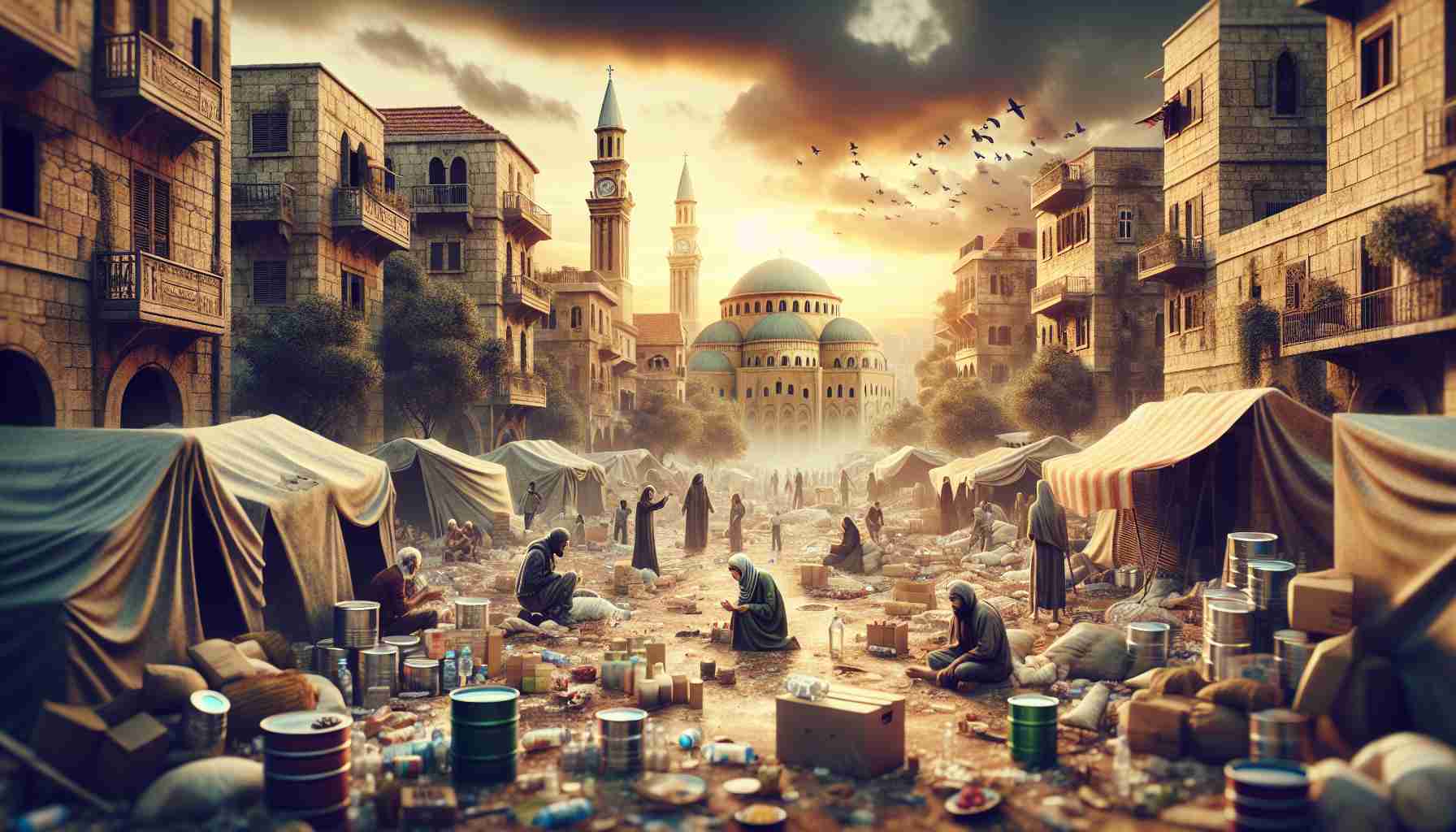Recent airstrikes in Lebanon have led to a staggering loss of life, with 558 confirmed casualties, including 50 children and 94 women, according to statements made by Lebanese Health Minister Firas Abiad. This grim toll marks the deadliest day since the conflict that erupted between Israel and Hezbollah in 2006. The minister emphasized that the overwhelming majority of those affected were civilians, simply in their homes at the time of the attacks.
The latest escalations included continued bombardments targeting Hezbollah positions across eastern and southern Lebanon as the Israeli military aimed to strike specific militant infrastructure. Reports indicate that munitions were fired at buildings harboring arms caches and command centers linked to Hezbollah. The Israeli military has expressed its commitment to further degrading the operational capacities of the group.
In a troubling development, Hezbollah has retaliated, launching over a hundred rockets towards northern Israel, resulting in injuries among the local population. Emergency services reported a significant injury to a young man who was caught in the crossfire, necessitating urgent medical attention.
The escalating violence has prompted school closures across northern Israel and forced thousands of Lebanese to flee their homes. As the conflict deepens, civilian safety remains a pressing concern, highlighting the urgent need for humanitarian assistance and intervention to address the mounting crisis.
Humanitarian Crisis Intensifies Amid Ongoing Conflict in Lebanon
As the conflict in Lebanon escalates, the humanitarian crisis is reaching unprecedented levels, exacerbating the difficulties faced by an already strained population. In addition to the recent casualties reported, the conflict has generated significant displacement and a growing refugee crisis, with estimates indicating that over 600,000 people have been displaced within Lebanon and many more seeking refuge in neighboring countries.
What are the key humanitarian challenges arising from the conflict?
1. Displacement and Shelter Needs: Many families have been forced to leave their homes, facing a lack of access to safe shelters. Temporary housing conditions are precarious, with overcrowding in schools and makeshift camps posing serious health risks.
2. Food Insecurity: With airstrikes damaging infrastructure, including markets and food distribution centers, food insecurity has surged. A recent report from the World Food Programme indicates that nearly 50% of the population is experiencing food shortage issues, requiring urgent food aid.
3. Healthcare Access: Strained healthcare systems are further compounded by the influx of casualties from the conflict. Hospitals are struggling with shortages of medical supplies and personnel, leading to inadequate treatment options for both the injured and those with chronic illnesses.
What are the central questions surrounding this humanitarian crisis?
– How can aid reach those in need?
Access to many areas is restricted due to ongoing clashes, making it difficult for humanitarian organizations to provide assistance. Negotiations are required to create safe corridors for aid delivery.
– What is the role of the international community?
International organizations, including the United Nations, are calling for increased intervention, but political challenges and varying interests among countries complicate unified responses.
– How is the refugee situation being managed?
Countries bordering Lebanon are grappling with increasing numbers of refugees. Policies must balance humanitarian assistance with local capacity to support incoming populations.
Key Challenges and Controversies:
– Political Fragmentation: The complex political landscape in Lebanon, characterized by sectarian divisions, complicates humanitarian efforts and can lead to delays in aid distribution.
– Perceptions of Aid Organizations: Some segments of the Lebanese population view international aid organizations with skepticism, suspecting that they may have ulterior motives, which hinders cooperation on the ground.
Advantages and Disadvantages of Current Responses:
Advantages:
– Increased awareness and mobilization of international aid have resulted in some successful relief efforts.
– Partnerships between local NGOs and international organizations can enhance outreach and effectiveness of aid delivery.
Disadvantages:
– Aid dependency may develop, causing long-term challenges in local recovery and rehabilitation efforts.
– Limited resources and bureaucratic hurdles can slow down response times, resulting in unmet urgent needs.
As the situation develops, it is integral for the global community to stay engaged. The crisis in Lebanon is not only a national tragedy but also a matter of international concern that demands prompt and coordinated responses. For more information on the ongoing humanitarian efforts, please visit UN.org.












